Dragonkin: The Banished is indeed attempting to carve out its own niche in the already crowded world of hack'n'slash, isometric action RPGs, or Diablo-like, for those in the know. To do this, it offers relatively new mechanics in a fairly well-established genre, all within an original universe featuring, you bet, dragons as its main antagonists. While the initiative seems laudable at first glance, it is clear that, with early access, the studio still has a long way to go before its game reaches the desired adult form.
Dragonkin: The Banished, a kind of Dragon Age with a Diablo twist
Dragonkin: The Banished depicts a dark fantasy universe where dragons represent demons of sorts: evil creatures whose corrupted blood corrupts everything in its path. To put an end to their reign of terror, only brave heroes called dragon-bloods can stand up to them, who carry their corruption within them, but who use it for good. From the outset, it is difficult not to draw a parallel with the Grey Wardens of Dragon Age. The difference, however, is that these champions have almost god-like powers, capable of sweeping away entire hordes of monsters with a single attack. Our first contact with the game is made via a very muscular prologue, where we take turns commanding the classes that we will be able to play in the main adventure. Namely the Knight, the Oracle, the Barbarian and the Archer (which is however not available as part of this early access).
We are therefore placed in control of phenomenally powerful characters, with a staging that sets the tone for a truly epic battle. This first glimpse of Dragonkin: The Banished is therefore quite spectacular, with visual effects that are a real eye-catcher. The game thus takes the opportunity to showcase a very dark fantasy-style artistic direction, although it feels a bit like a rehashed hack'n'slash genre. However, it displays rather nice graphics, with a convincing sound design. Everything ran flawlessly on our configuration powered by an RTX 4080 SUPER, a Ryzen 7 7800X3D and 32 GB of RAM, with all visual settings at full blast, without any slowdown. In terms of gameplay, the title tries to inject us with appreciable doses of dopamine with skills wreaking havoc on the opposing armies, but we feel a certain softness in their impact. Still, this prologue is overall a rather competent appetizer to introduce us to its universe, its stakes and its playable classes.
After about an hour of massacring monsters corrupted by dragons, interspersed with rather well-crafted cutscenes, we arrive at the heart of the matter: the main story of Dragonkin: The Banished. As in any self-respecting hack'n'slash, we begin the adventure with a character of our creation, level 1. We opted for the Oracle, who acts as a magician in other games of the genre. From then on, however, the staging takes a serious hit. Gone are the dynamic cutscenes of the prologue, replaced by fixed shots where the protagonists deliver their lines of dialogue in absolute rigidity, which harms immersion. Our first steps with our own hero therefore begin a little too soberly, just as he receives the famous dragon's blood allowing him to have the necessary powers to subdue the draconic corruption. We learn that the Dragon Lords, once banished by the champions we played in the prologue, seem to have found a way to return. Our mission is to investigate and prevent such a catastrophe from befalling the world again.
Refreshing idea embryos, but lacking incubation time
At the controls of our newly sworn dragon-blood, we inevitably notice a clear power gap compared to the heroes of the prologue. Everything has to be redone to build our character, from their equipment to their spells. On this point, Dragonkin: The Banished offers some rather interesting mechanics. Our skills take the form of jewels to be integrated into a grid, which we can combine to add different effects to our moves. For example, we can launch lightning bolts that also freeze our opponents. However, you'll have to play a kind of Tetris game to make everything fit together, with a limited space that will grow as you level up.
It also offers some original features. Each statistic, such as intelligence or strength, is then divided into different passives that will provide us with offensive, defensive, or utility bonuses, such as movement speed, depending on the characteristics. In this area, Dragonkin: The Banished therefore offers a certain freedom in the way we build our character and their build. Note that it is possible to reallocate our stat points, but for gold coins, unlike our skills, which can be reworked at will.
In addition to this revisited version of hack'n slash genre clichés, Dragonkin: The Banished offers other rather refreshing mechanics, such as real management of the starting city which serves as our hub. As we progress, we will be able to invest collected resources to unlock different districts, artisans and shops, which will allow us to improve or manufacture/craft various elements such as our equipment, our spells or even our potions. However, things are still very embryonic, many places are not unlockable as part of this early access. Last addition rather welcome and consistent with the game universe: the presence of a familiar dragonet at our side. A bit like a Pokémon (to exaggerate), we can choose its starting element, make it gain power, and collect others to use against opponents more sensitive, for example, to a given type of damage. Its development is also similar to that of our character, with its own skill grid and its own statistics.
However, aside from these new features that somewhat shake up the habits of veterans of the hack'n slash genre, there's a certain lack of execution in the overall experience offered by Dragonkin: The Banished. Even more so than when playing as overpowered champions, the fights with our character are very sluggish. Our spells certainly have nice effects on the screen, but the keyboard/mouse or controller feel in hand is quite poor. Likewise, we don't really feel like we're growing in power. On the one hand, the loot is particularly poor, with pieces of equipment rarely dropping and with unexciting bonuses like extra vitality or damage. The monsters' levels are also systematically aligned with ours. Thus, unless you find the right combination to build a truly monstrous build, the feeling of progression is generally unsatisfying. Worse still, the elite enemies and bosses, although fairly basic in their patterns, inflict excessive damage and, conversely, present themselves as real bags of life points. Finally, the epic staging and grandiloquent settings of the prologue give way in the main story to rather dull settings of the swamp type and others, which sadly lack personality, as does a rather conventional bestiary.
A majestic dragon in the making amidst corruption?
Of course, given that this is Early Access, Dragonkin: The Banished still has time to fully spread its draconic wings and reach maturity. As it stands, the content on offer is, however, quite limited, despite the presence of an endgame system that is on paper classic, but effective. It features a system of hunts and rifts reminiscent of that of Diablo 3: Reaper of Souls. However, we can criticize a lack of originality at this level, contrary to what the title intends to offer in its game mechanics. For now, unless you are a die-hard hack'n slash fan looking for a little new blood, it seems more prudent to wait for its studio to refine its formula to see if it can live up to its latent, but still too embryonic, potential.
That being said, the title is listed at 24.99 euros, for the moment only on Steam, which represents a relatively modest price, which could motivate you to give it a chance. At the time of writing, we don't have a release date for 1.0 on PC, PS5, and Xbox Series set in stone. It could therefore be that Dragonkin: The Banished is still months, or even years, in the making. Patience is therefore required before we can give a more complete verdict on this young dragonet that has barely hatched. As it stands, it clearly doesn't have the shoulders to stand up to recent opponents like Diablo 4 or Path of Exile 2, not to mention other illustrious older references in the genre.

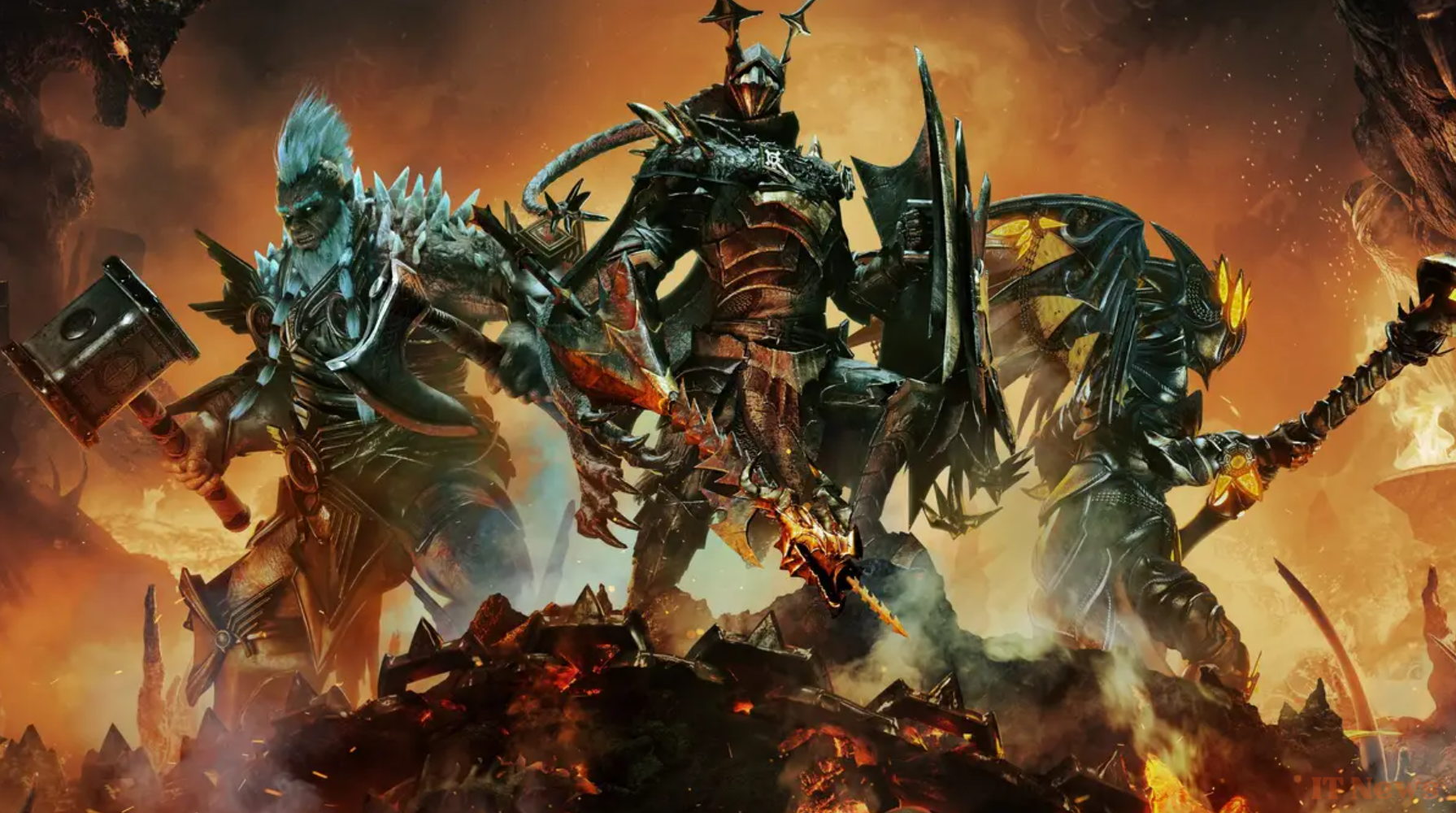
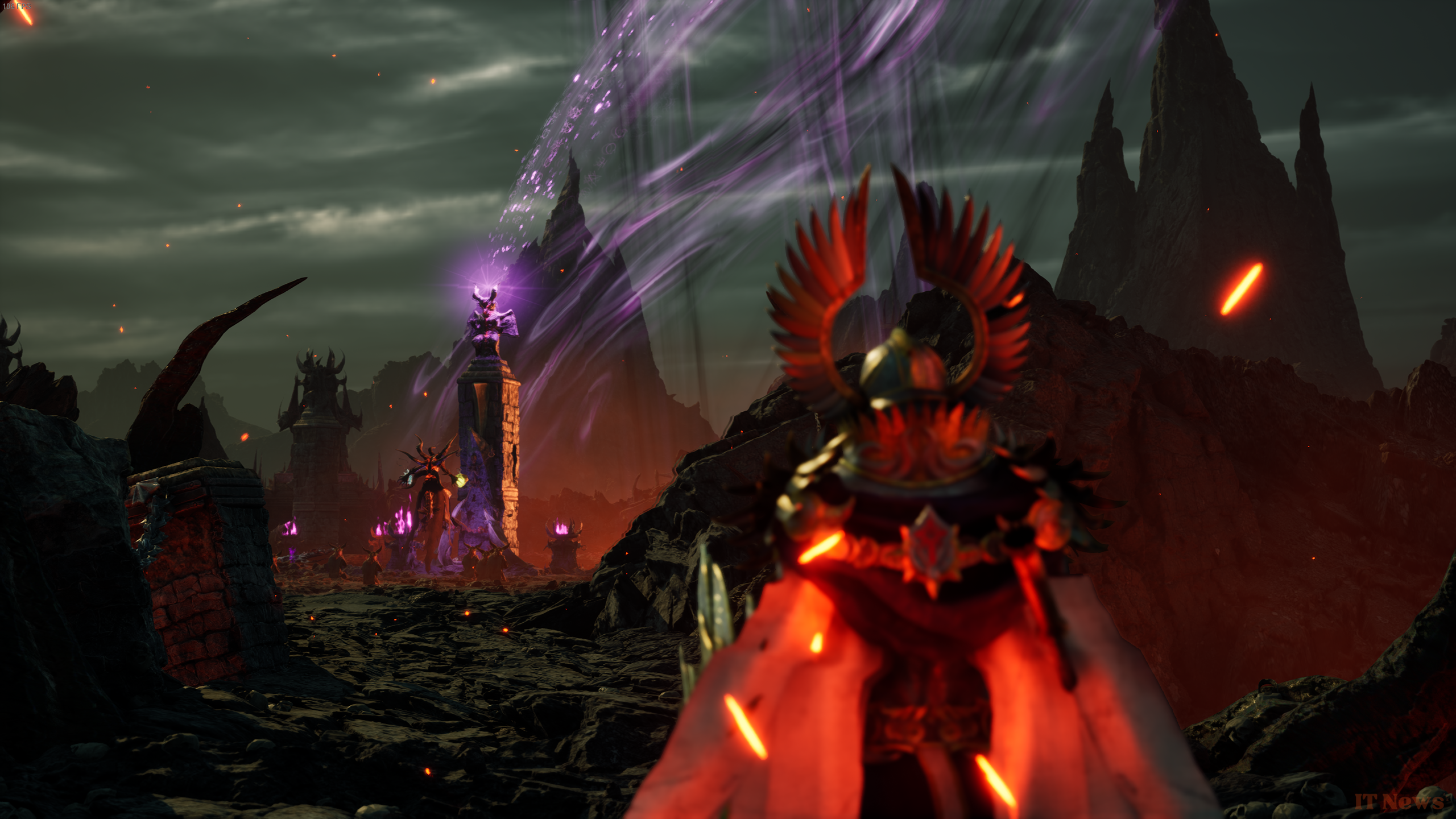

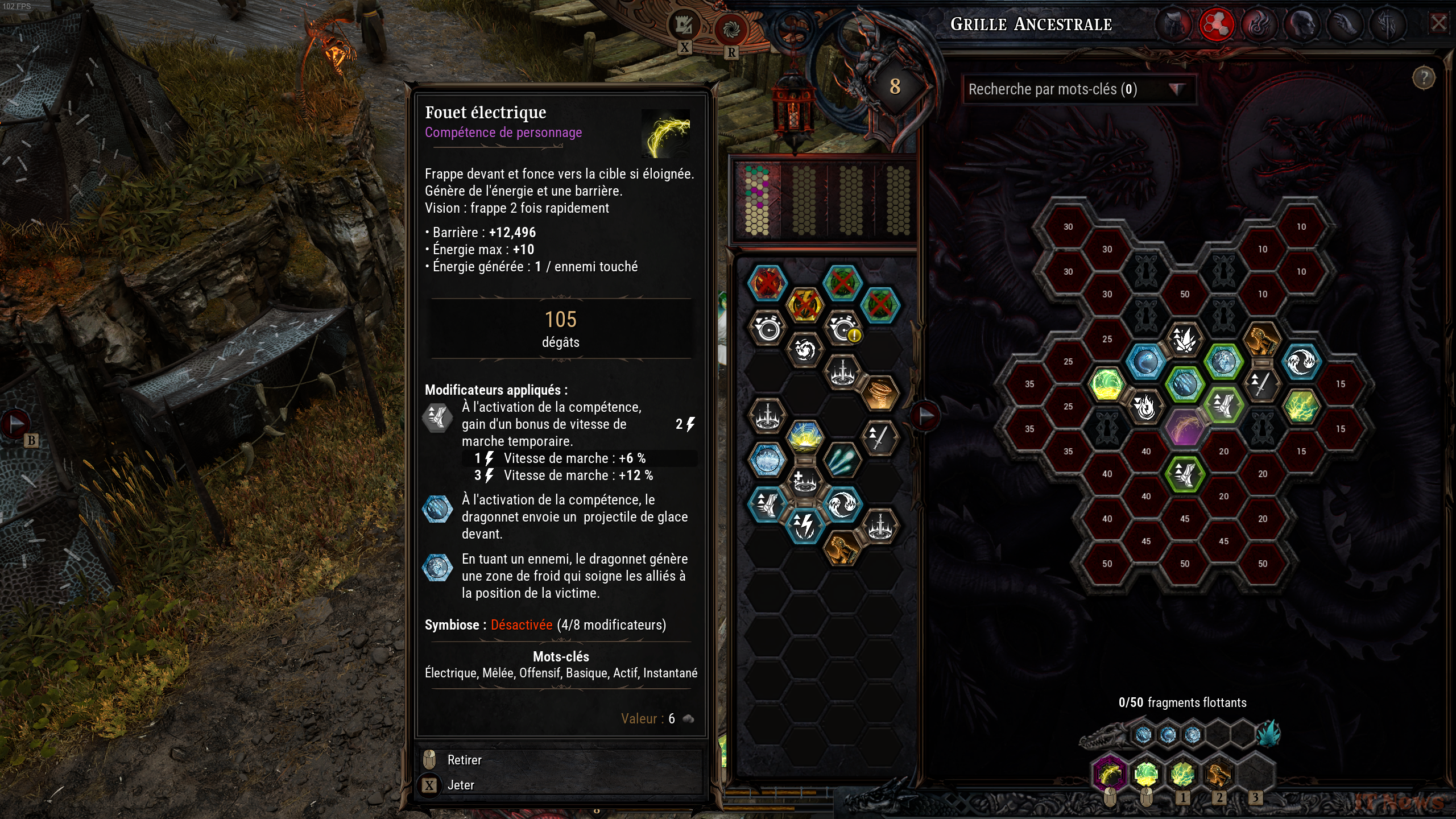
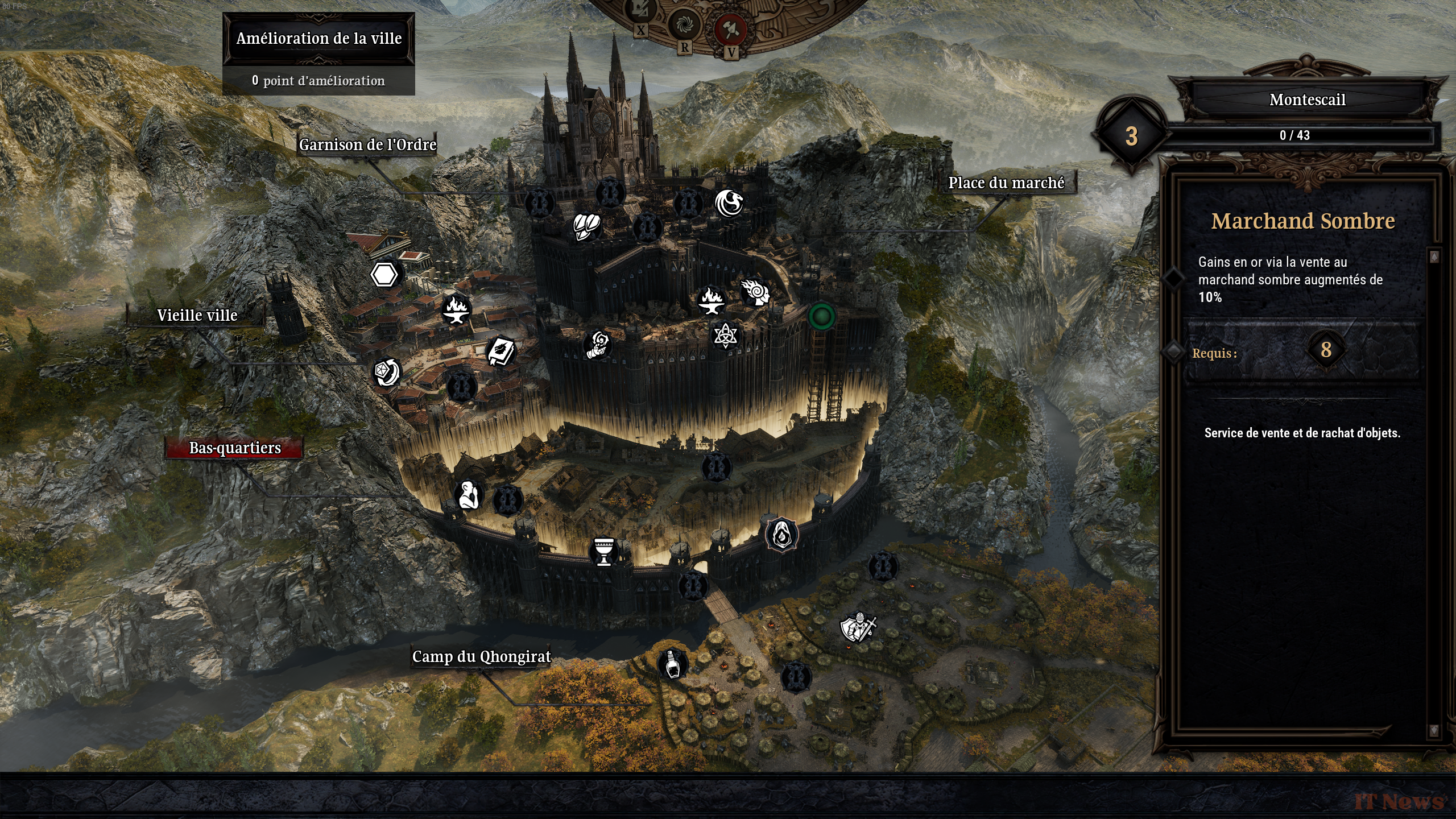
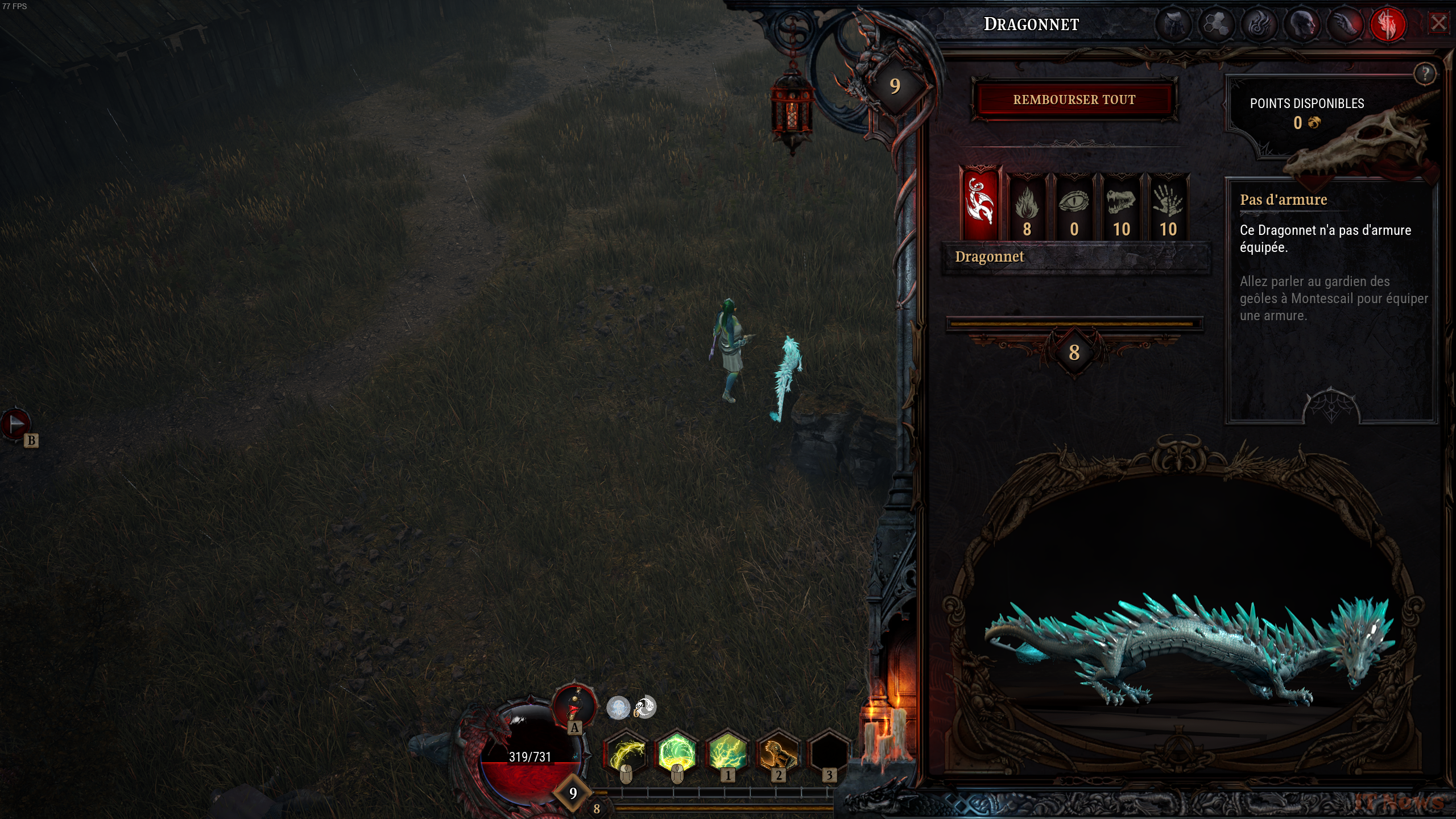
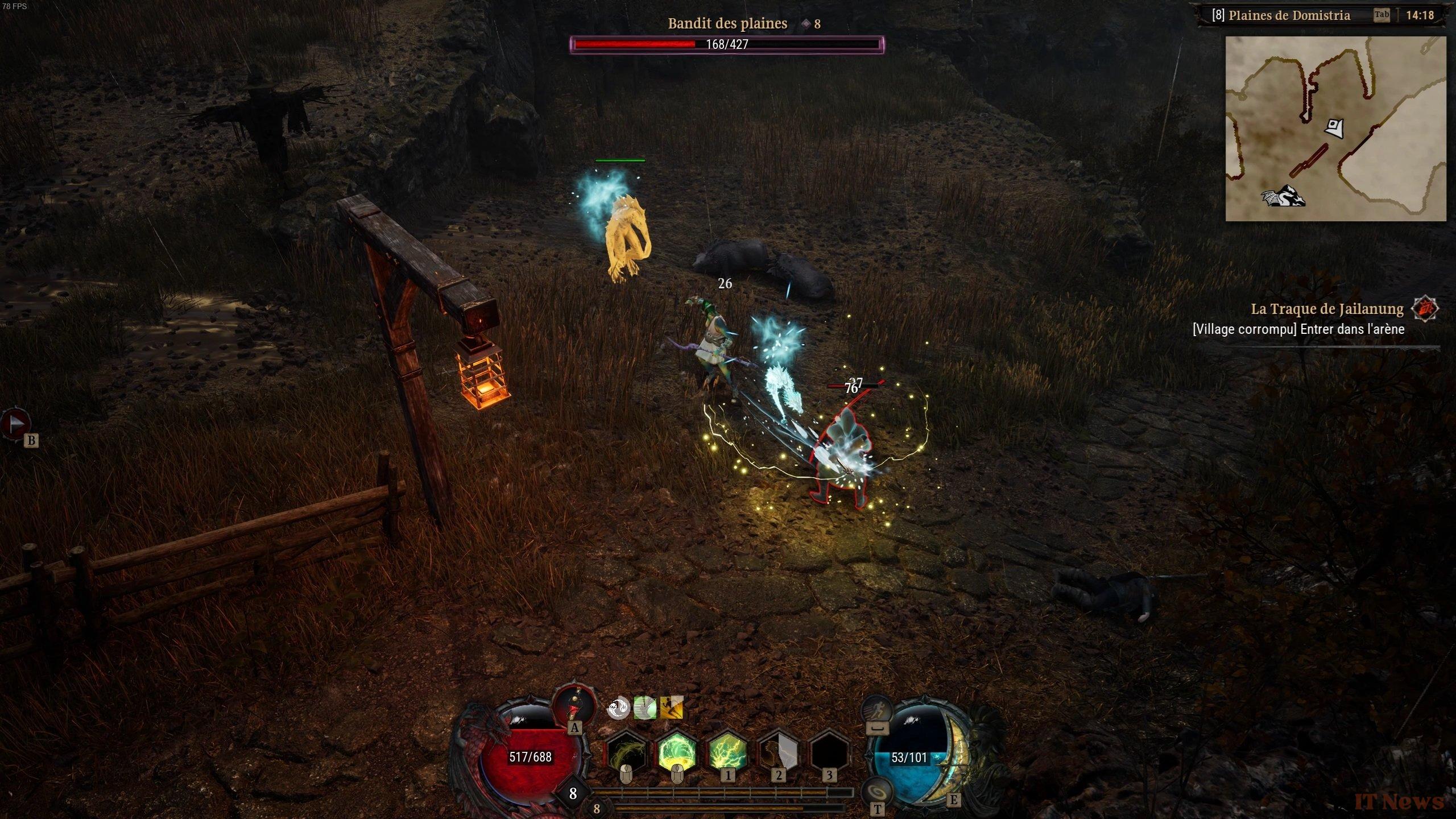

0 Comments